
Bogong Moth
Agrotis infusa
Callocephalon fimbriatum
Land clearing and the removal of old trees endangers Gang-gang Cockatoos because they lose their feeding habitat and breeding hollows. This species is also susceptible to psittacine circovirus disease which causes feather loss and beak abnormalities. In combination these factors present a serious threat to Gang-gang Cockatoos in the medium and long term.
Gang-gang Cockatoos
Gang-gang Cockatoos are found in south-eastern Australia. They inhabit cool, wet forests, particularly alpine bushland, but may visit urban parks and gardens to feed.
Gang-gang Cockatoos are sturdy, medium-sized birds with short tails and broad wings. Their mottled grey plumage contrasts with the shock of crimson feathers on the heads of male birds. Females have reddish feathers on their undersides.
Like other cockatoos, Gang-gangs are noisy, conspicuous, gregarious birds with curved beaks for crushing seeds. They are locally common within their distribution but are experiencing a worrying decline.
Gang-gang Cockatoos begin breeding at four years of age. This late start limits the rate at which populations can build up, which is another conservation concern. Males and females pair for life and will often return to the same nesting tree each year. Breeding takes place between October and January; females lay up to 3 eggs in tree-hollow nests, and both parents incubate and rear the young. Several pairs may nest close together, and their young aggregate in ‘creches’ while their parents are out foraging.
These birds migrate seasonally; they spend summers in high-altitude areas, moving to warmer lowland areas in winter. While they can adapt to new food sources such as pine nuts from introduced trees, they need old-growth forests with hollow trees for nesting.
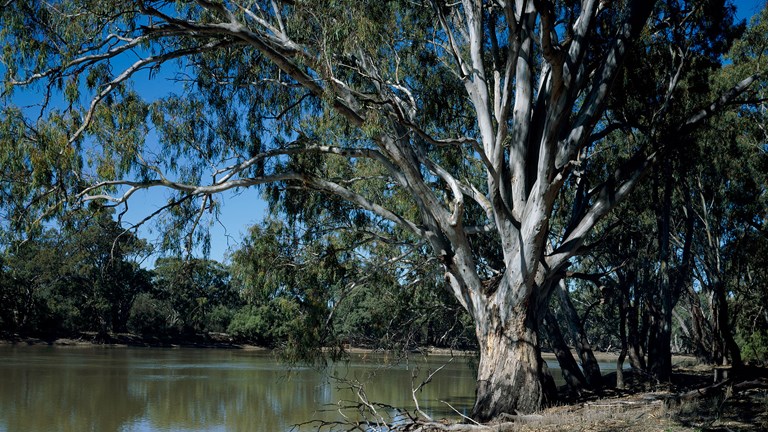
There are many types of dry forests in Victoria including stringybark, red gum, grassy woodlands and the remnants of the once great box–ironbark forests.
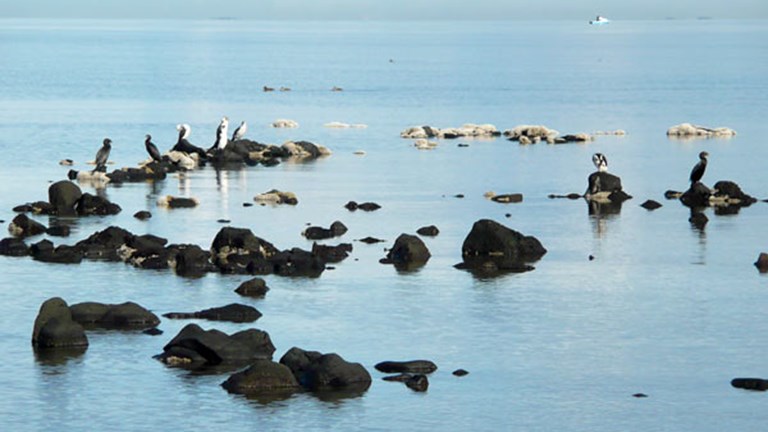
Victoria’s coastal wetlands are significant places for wildlife, with many listed in international conventions to protect the habitat of migratory birds.
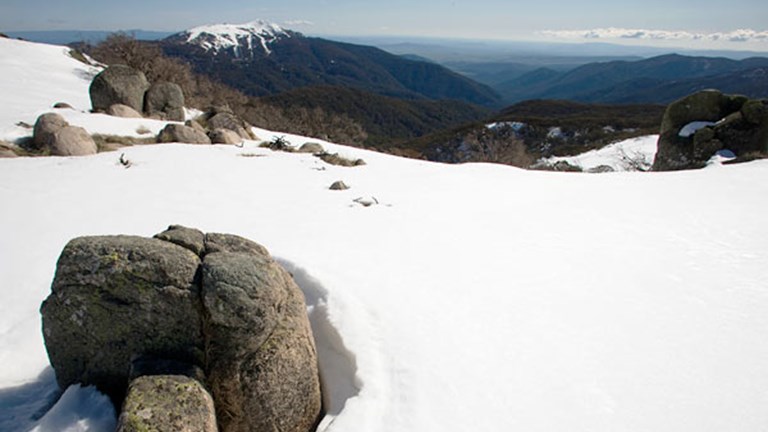
The Victorian Alps extend from the plateaus of Lake Mountain and Mt Baw Baw to peaks such as Mt Feathertop and the headwaters of the Murray River.
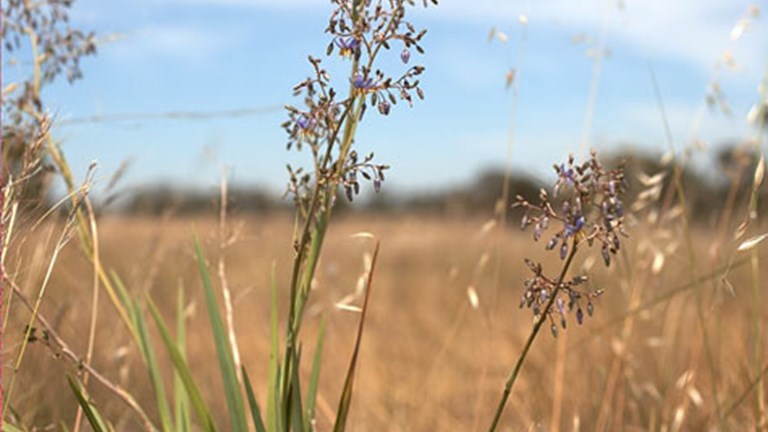
When the first Europeans arrived in Victoria there were grasslands on the vast, undulating western plains, on the northern plains and in Gippsland.
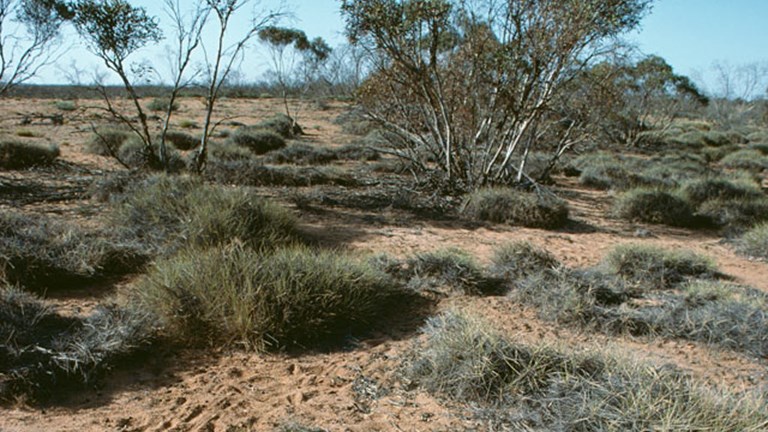
The Victorian Mallee in the north-western corner of the state has a mosaic of vegetation types adapted to low rainfall and sandy soils.
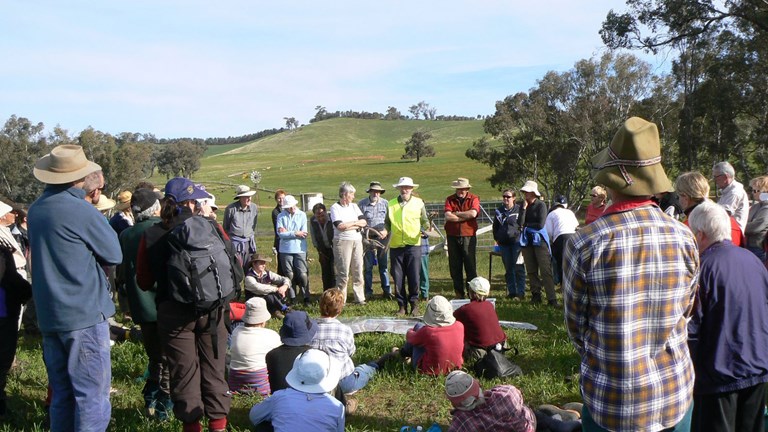
Find out about the issues affecting our special places and the plants and animals that live in them, and discover some ways you can help.
We are making improvements to our website and would love to hear from you about your experience. Our survey takes around 10 minutes and you can enter the draw to win a $100 gift voucher at our online store!
Museums Victoria acknowledges the Wurundjeri Woi Wurrung and Boon Wurrung Bunurong peoples of the eastern Kulin Nations where we work, and First Peoples across Victoria and Australia.
First Peoples are advised that this site may contain voices, images, and names of people now passed and content of cultural significance.